T4K3.news
Dining safety under spotlight
A UK TikTok clip flags risky menu items and ice practices, prompting readers to question freshness and sourcing when dining out.

A TikTok clip from a UK restaurant owner's friend highlights items to avoid and raises questions about dining safety in busy venues.
Restaurant insider warns about risky menu items and ice safety
A UK TikTok clip features Julia sharing warnings from a friend who owns a restaurant. Four menu items are flagged as risky. First, anything from the Specials menu not tied to a seasonal ingredient. The owner says this can hide older ingredients marketed as something new. "Sounds harmless, but in the trade, that often means stuff we need to shift before it goes off," the post quotes. Second, shellfish not sourced near the coast is singled out as a potential risk. Patrons are urged to avoid betting on seafood that travels long distances. Third, ice in drinks at busy bars is called out. Large crowds can overwhelm cleaning routines, leaving ice a possible source of contamination. Finally, chicken at buffets or all-you-can-eat places is described as a prime breeding ground for bacteria if kept hot and in high volume. The person behind the clip adds that you might not notice the danger until hours later. The clip notes a key question for diners: how quickly does a dish move from the kitchen pass to the table? The post says if food lingers, it’s often safer to skip it.
Key Takeaways
"The specials are often stuff we need to shift before it goes off"
Julia summarizing the risk around specials on non-seasonal menus
"You’re basically sipping on a chilled petri dish"
Comment on ice quality in busy bars
"If food moves slowly off the kitchen pass, leave it on the menu"
Rule suggested by the insider to diners
"Not all specials are bad, but sourcing matters and safety follows."
A counterpoint noting safety can exist with good practice
The piece shows how social media can influence what people order, but it also highlights the risk of sensational claims. Warnings about specials and ice tap into real concerns about food safety, yet the tone can mislead if not checked against standards. Diners may overreact to isolated anecdotes rather than to documented practices. Restaurants with strong supplier relationships and safety protocols can still offer creative menus without compromising health. The discussion also reflects a clash between fast service and safety, a tension that rewards clear, practical guidance for customers.
Beyond individual tips, the debate raises questions about how information travels in the restaurant world. Fans and critics on social media push back, reminding readers that safety depends on consistent hygiene and oversight, not stereotypes about menus or venues. The takeaway for readers is pragmatic: ask about freshness, sourcing, and speed from kitchen to pass while keeping expectations realistic about how restaurants operate under pressure.
Highlights
- If the pass moves slowly, leave it on the menu
- Trust freshness, not garnish
- Ice safety is food safety in disguise
- Specials can hide yesterday's meals if you’re not watching
Food safety concerns linked to dinner options raise public interest
The article highlights potential health risks from non-local shellfish, ice machine hygiene in crowded venues, and the handling of chicken at high-volume outlets. These points touch on broader questions about dining safety and how quickly information spreads to the public.
Dining out remains safer when diners ask questions and kitchens show how they move food to the table.
Enjoyed this? Let your friends know!
Related News
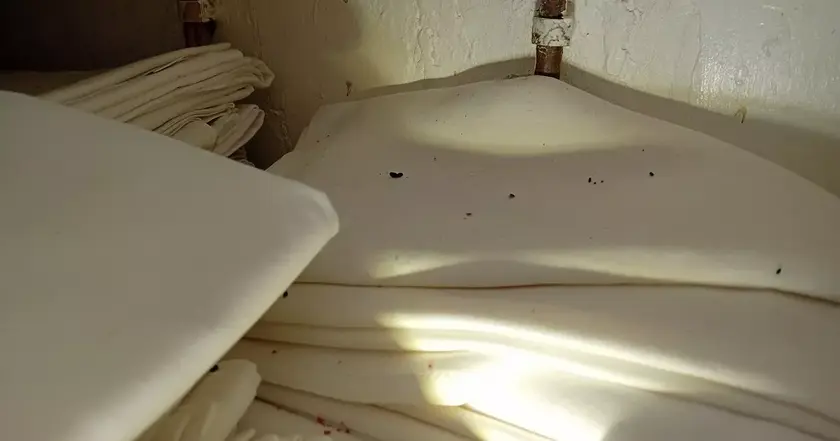
Lake Spice restaurant in Cardiff shuts down permanently
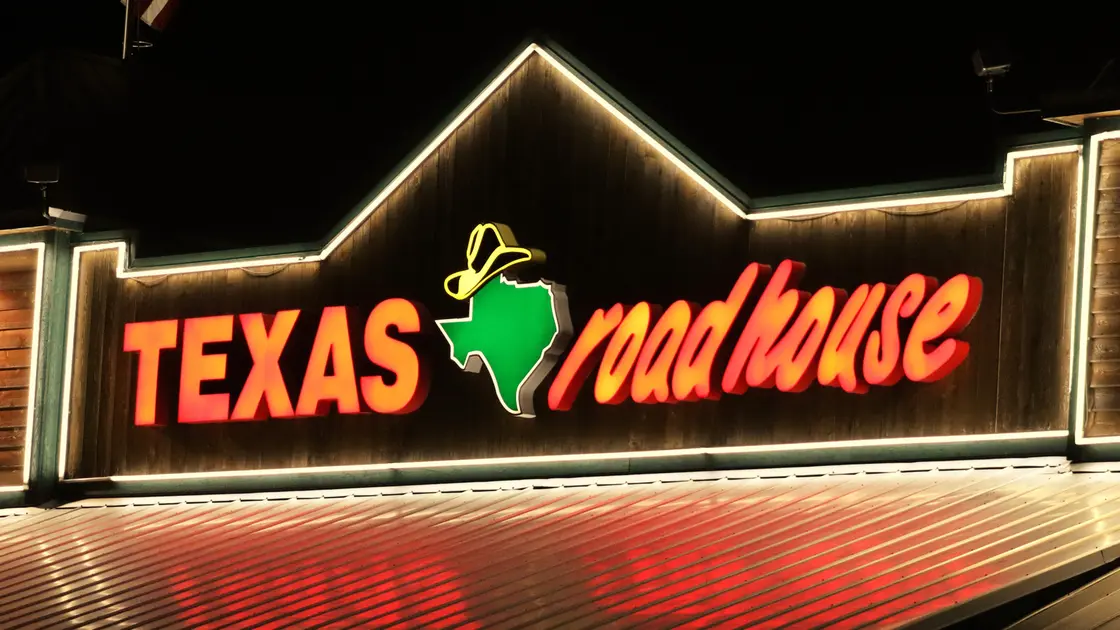
Texas Roadhouse Updates Peanut Policy
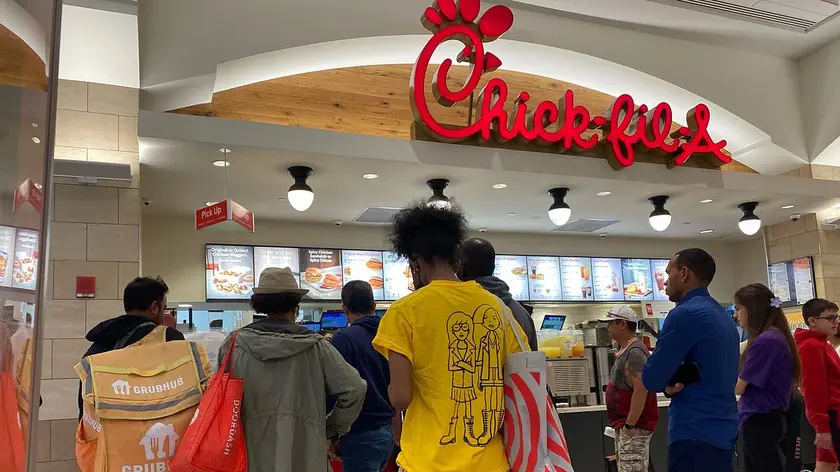
Chick-fil-A policy on teens prompts mixed reaction
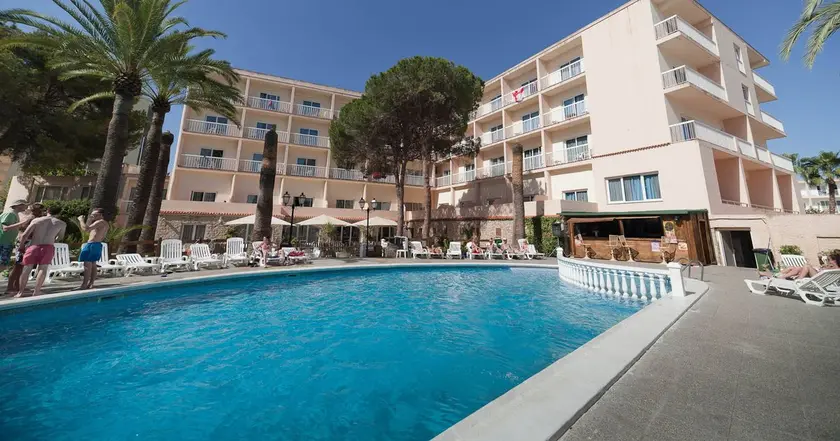
Ibiza balcony fall prompts safety checks
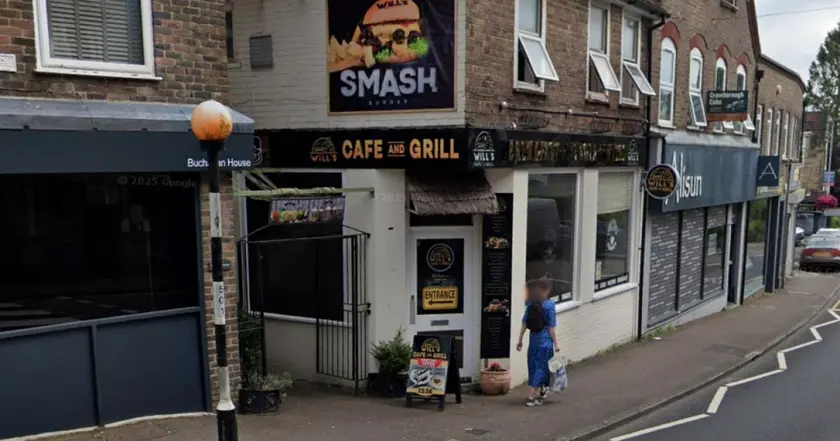
Crowborough cafe receives one star hygiene rating
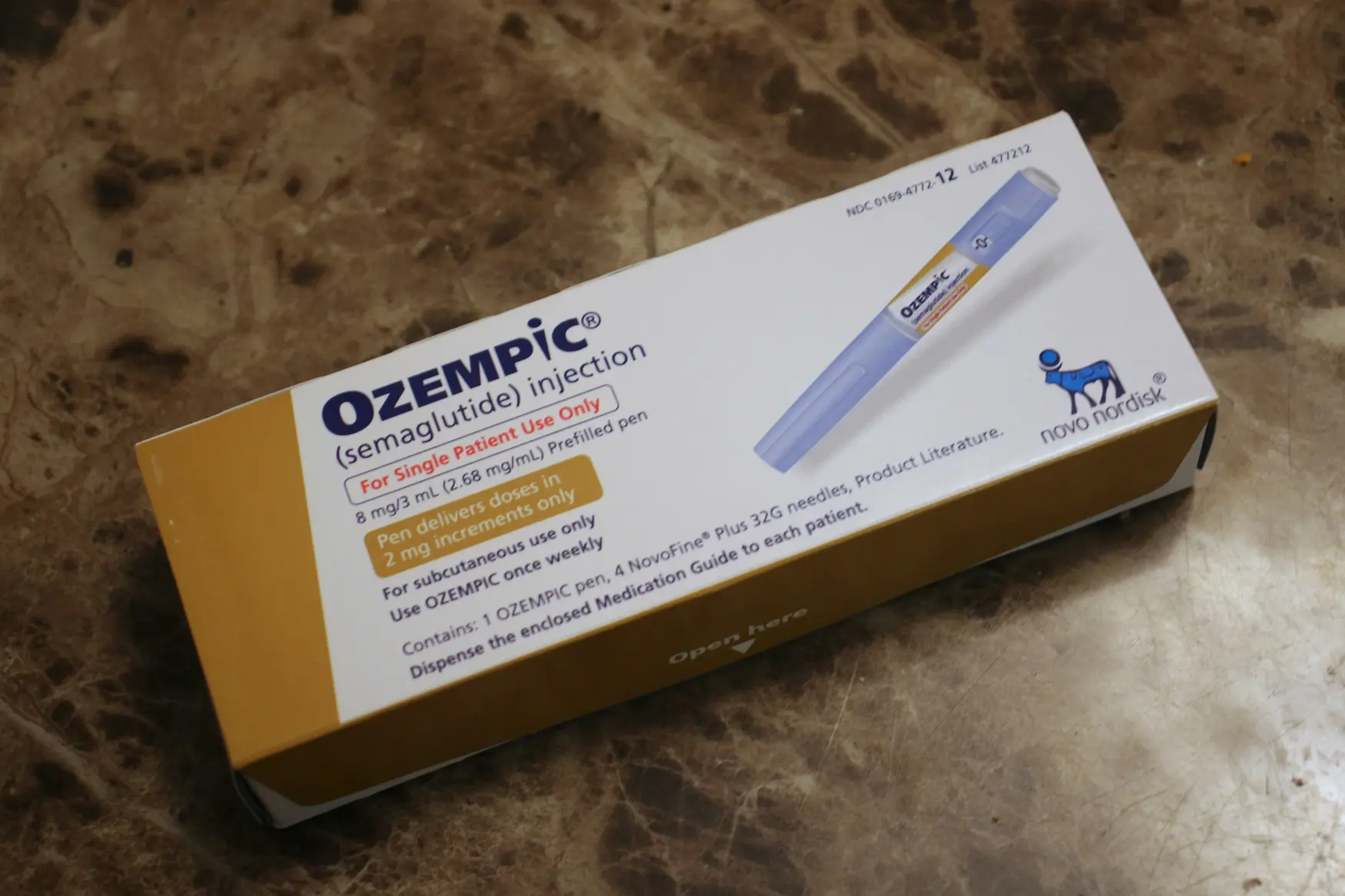
Lawsuits Rise Over Ozempic and Zepbound Safety
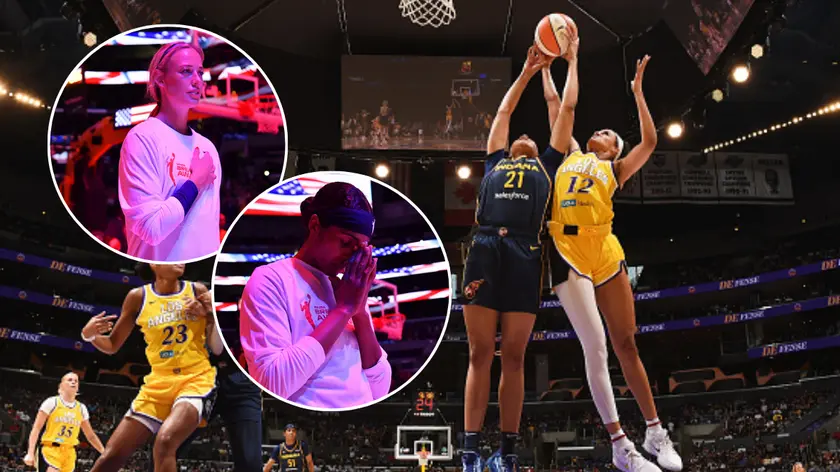
Sex Toy Disruption Strikes WNBA Game

Jace Moves Out
